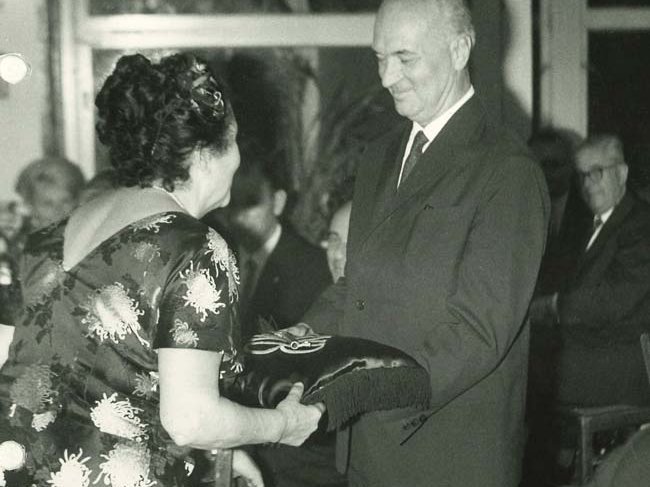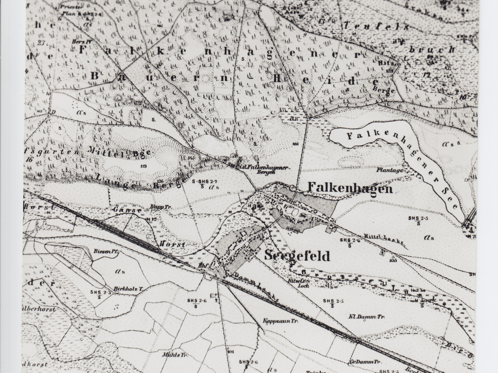
Falkenhagen
The distinctive Falkenhagener church and the adjoining former school building characterize the eastern townscape. Until 1923 the village Falkenhagen existed. In the same year, the community Falkensee was born. Falkenhagen was beside Seegefeld one of the two villages, which were put together to the new large municipality Falkensee. Even today clearly recognizable in the stem: from FALKENhagen and SEEgefeld was on 1 April 1923, the large community FALKENSEE.
to the page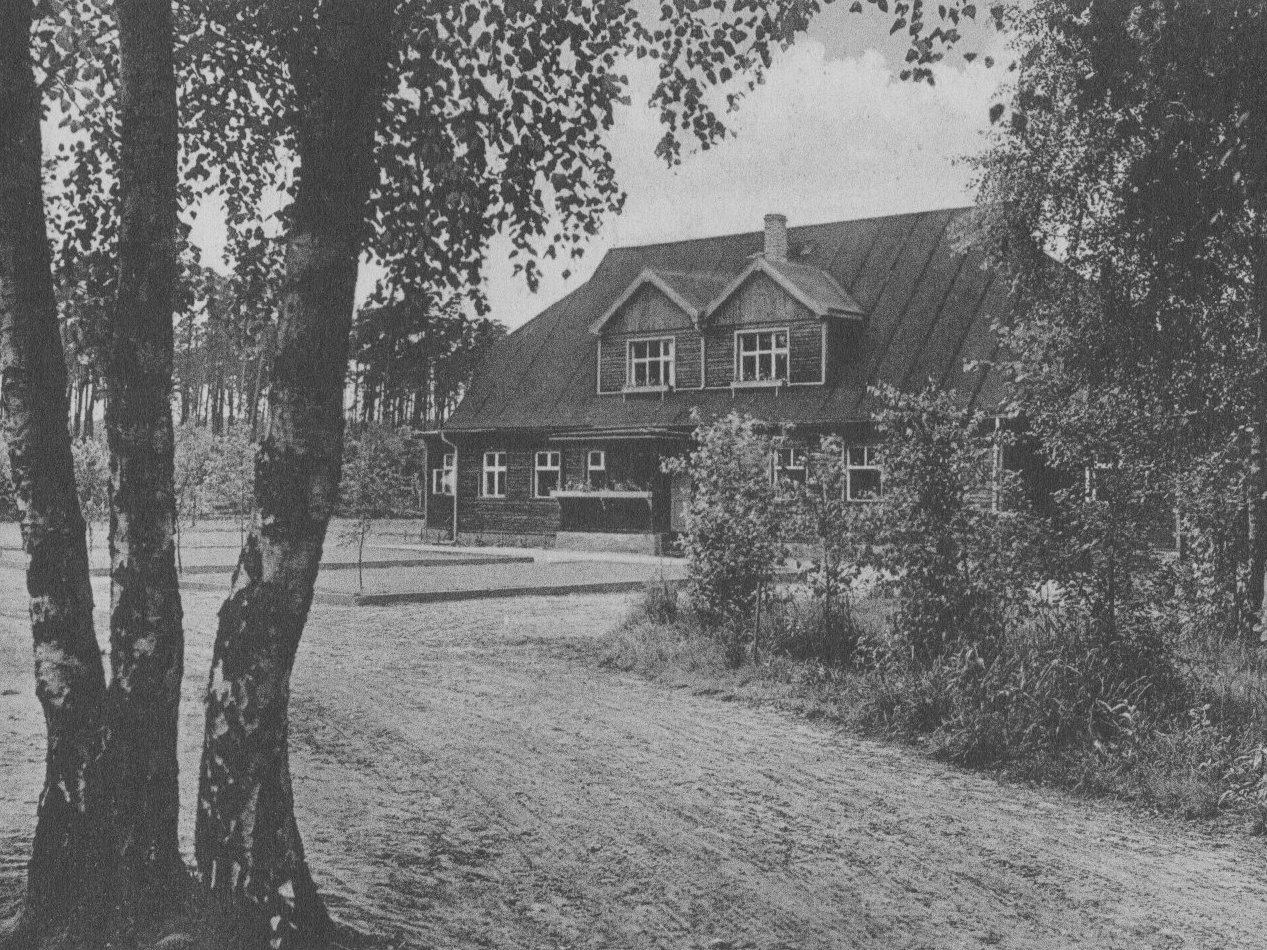
The country youth home
A wild property on the Havellander way, on it a struck by lightning garden house, so began 1922 the rural youth home GmbH of the Anna von Gierke.
The social worker and founder of several social education and children's institutions in Berlin could look back on thirty years of professional experience in the field of social work with children.
to the page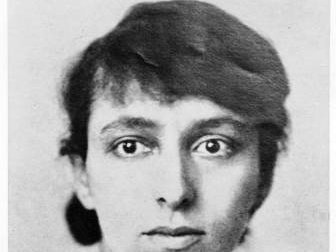
Gertrud Kolmar
The poet Gertrud Kolmar (1894-1943) lived in the house of her parents in Falkensee-Finkenkrug from 1923 to 1939.
to the page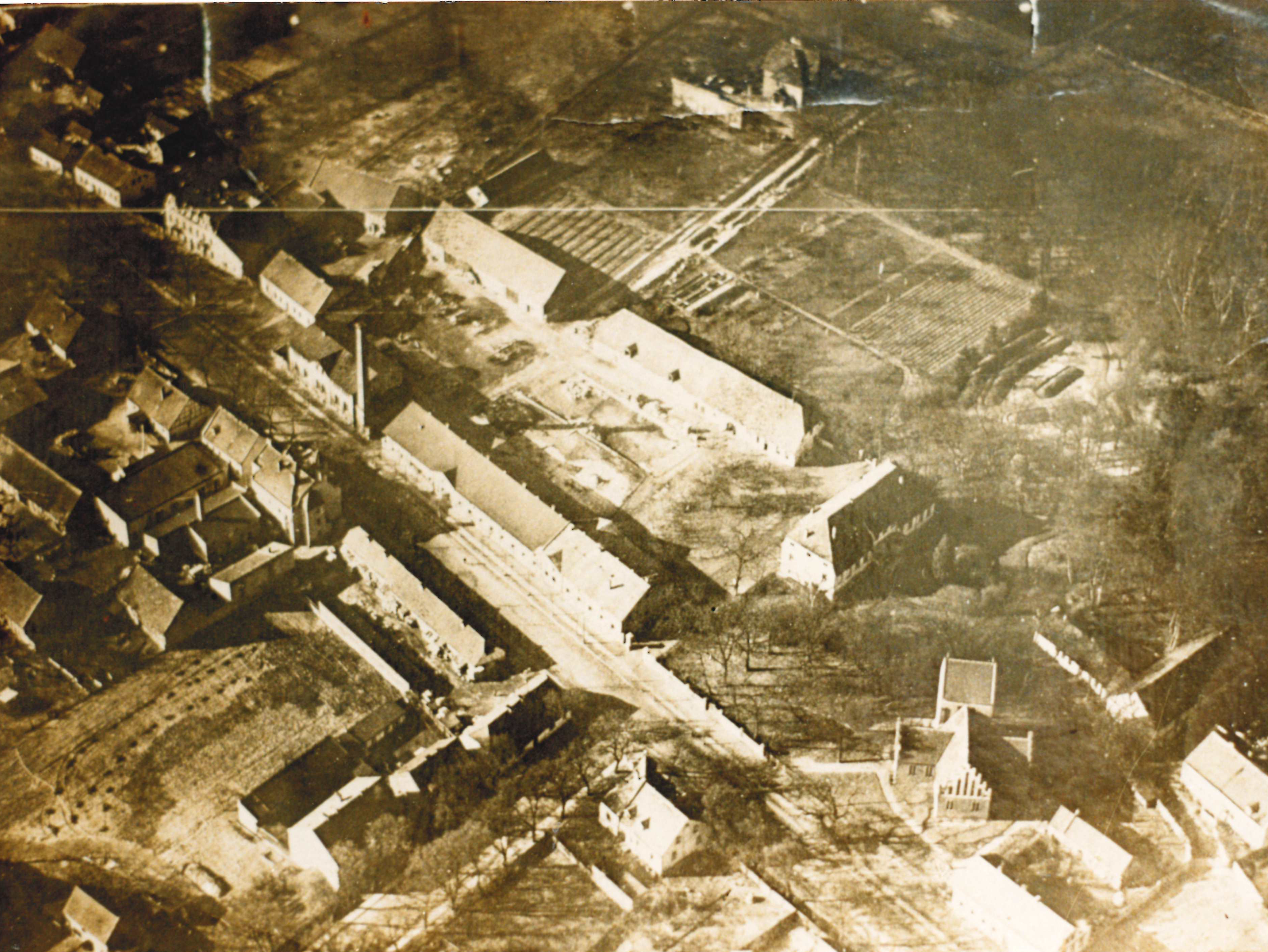
The historical landmark Seegefeld
In a deed of donation to the monastery Spandau from the year 1265 the place Seegefeld was first mentioned. The Seegefelder church still dominates the historical part of the former Angerdorf
to the page
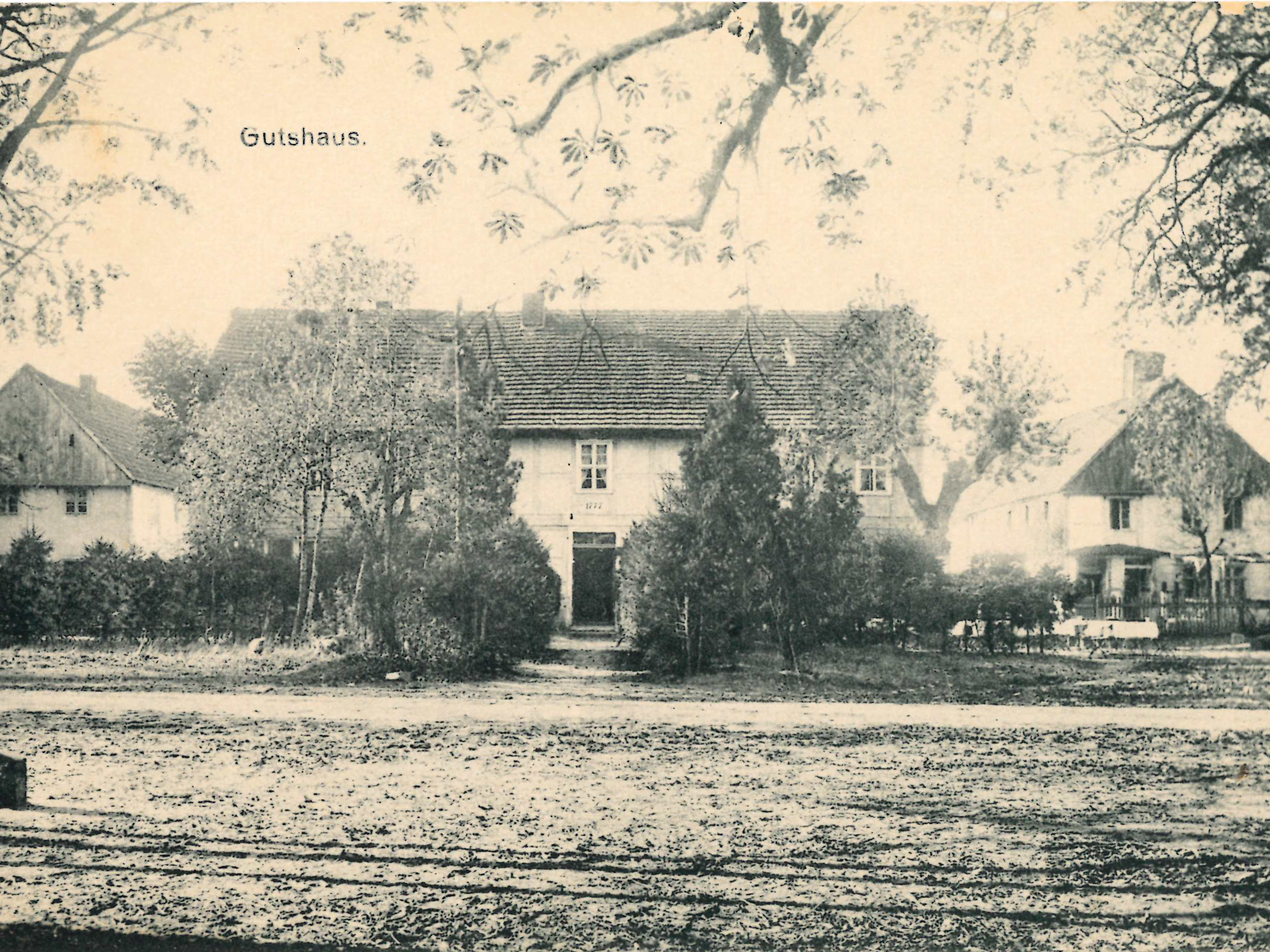
The historical place Finkenkrug
In the year 1710 the place Finkenkrug is mentioned for the first time. Michael Lange, as a journeyman of a charcoal burner at Finkenkrug, and his wife, Anna Catharina Lehmann, have their daughter baptized Anna Justina. This baptism was recorded on April 28, 1710 in the church book of Falkenhagen.
to the page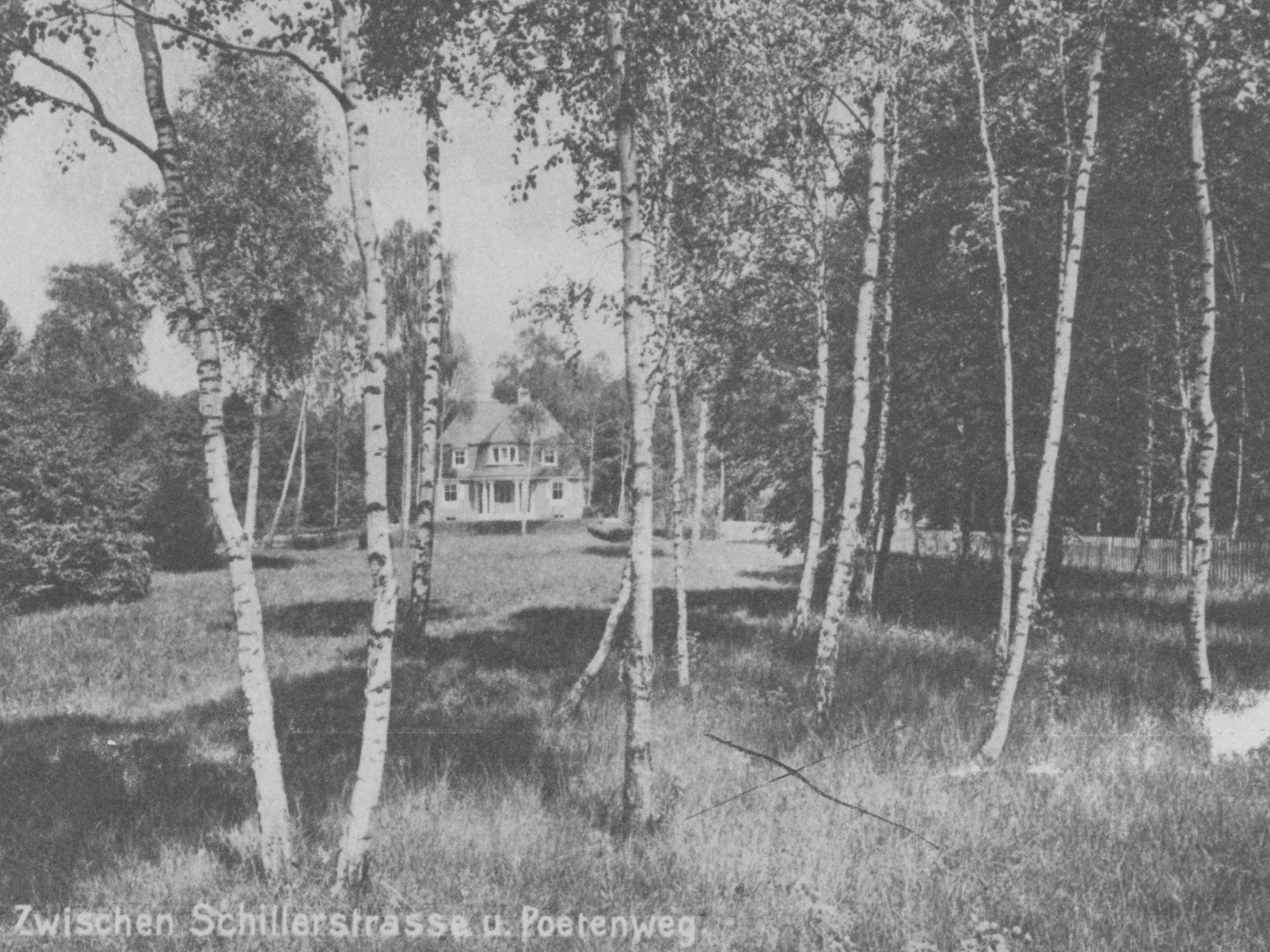
Eight homes
The "Neufinkenkrug" colony was established in 1892 on the Seegefeld manor. The last owner of the manor, Bernhard Ehlers, sold spacious parcels to private buyers.
to the page

Two lakes
The Falkenhagener See, the larger of the two neighboring lakes, was formed as part of a meltwater channel during the last ice age. With the disappearance of the glacier ice, lowlands with lakes and drainage channels remained. One of these lowlands can still be experienced today from the Falkenhagener See over the Spektegrünzug to Spandau.
to the page
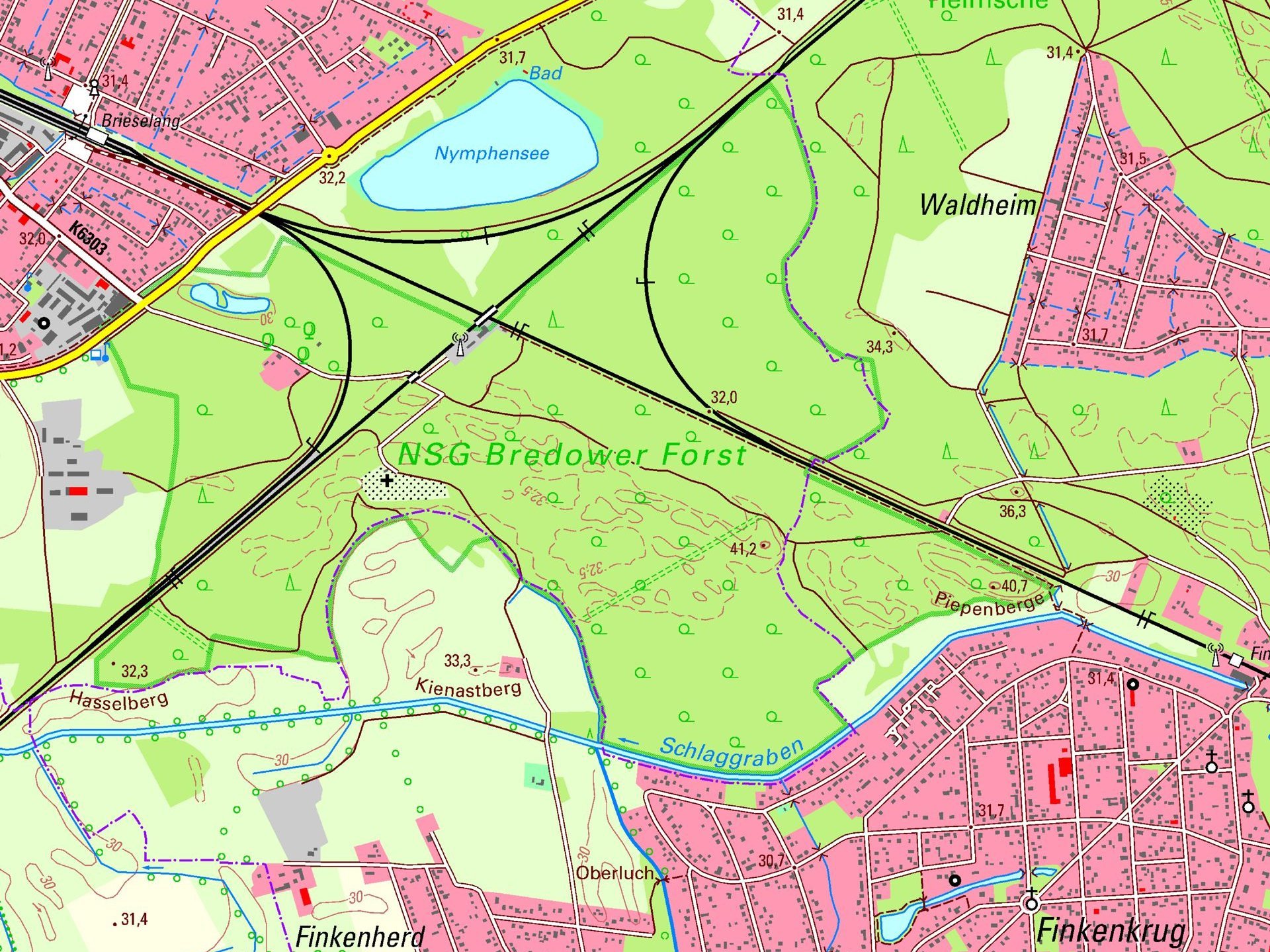
Natural history trail "Bredower Forst"
The structurally rich forest area called "Brieselang" has been a popular destination for nature lovers since the 19th century. The southern part of the Brieselanger Forest was once part of the Bredow estate and is known as the "Bredower Forest".
to the page
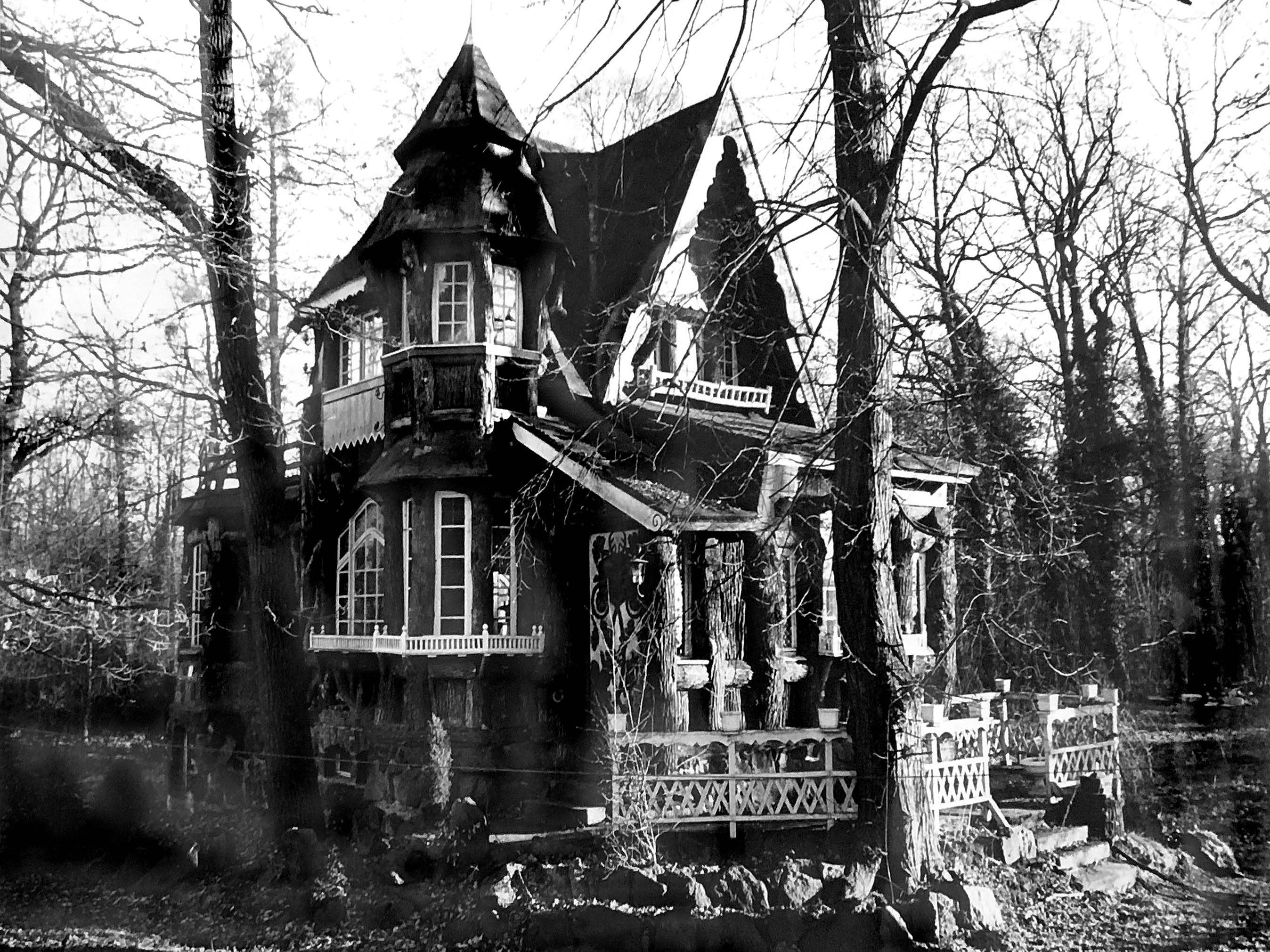
A witch's house in Finkenkrug
The "Neu-Finkenkrug" colony was established in 1892 on the Seegefeld manor. The last owner of the manor and founder of the "Neu-Finkenkrug" villa colony, Bernhard Ehlers, sold most of his property to the German Settlement Bank in 1898, which continued the development of the colony.
to the page
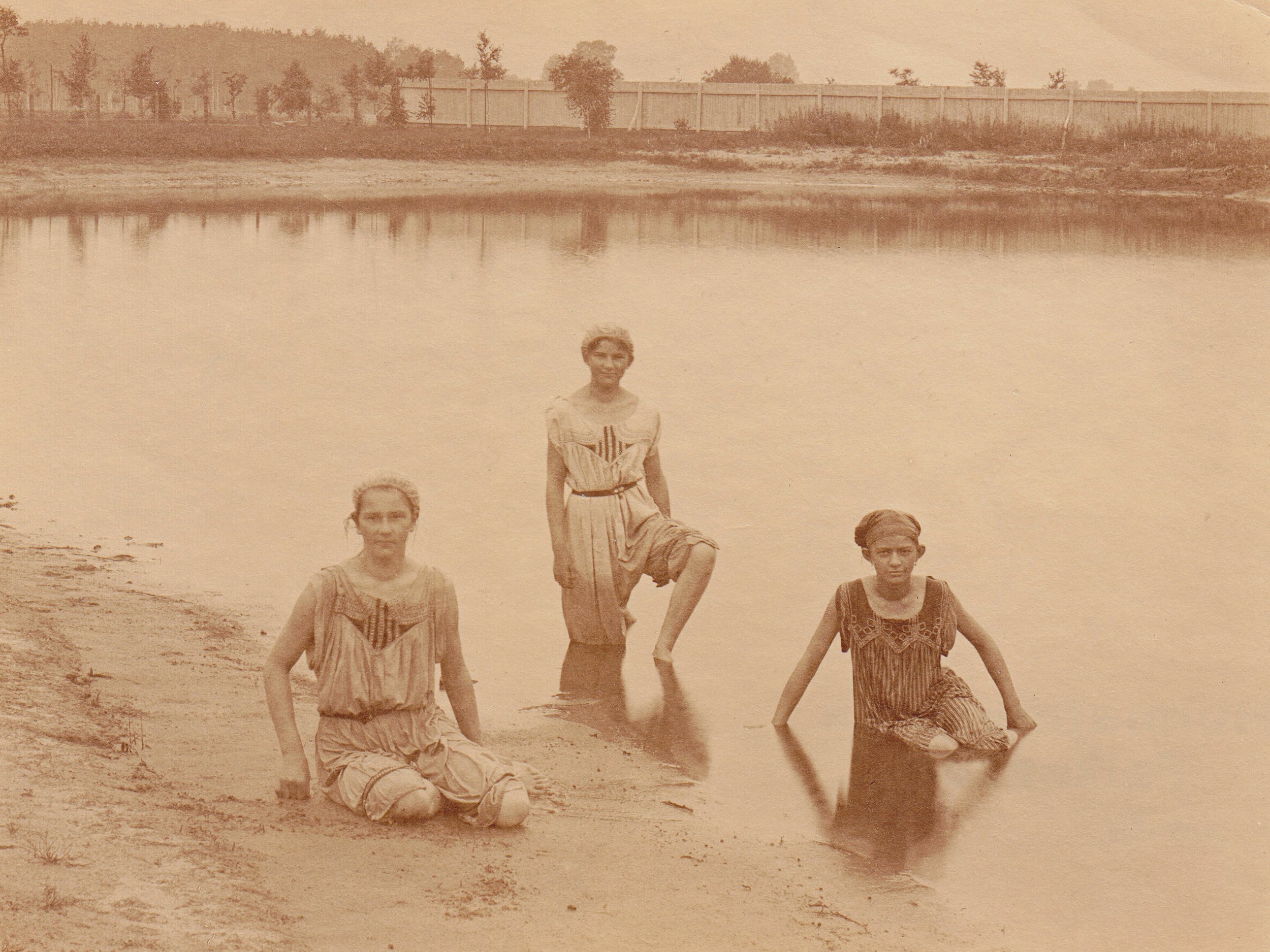
The Lindenweiher
The "Neu-Finkenkrug" colony was established in 1892 on the Seegefeld manor.
The last owner of the manor and founder of the "Neu-Finkenkrug" villa colony, Bernhard Ehlers, sold most of his property to the German Settlement Bank in 1898, which continued the development of the colony. The "Neu-Finkenkrug Terrain-Aktiengesellschaft", founded in 1909, followed the German settlement bank.
to the page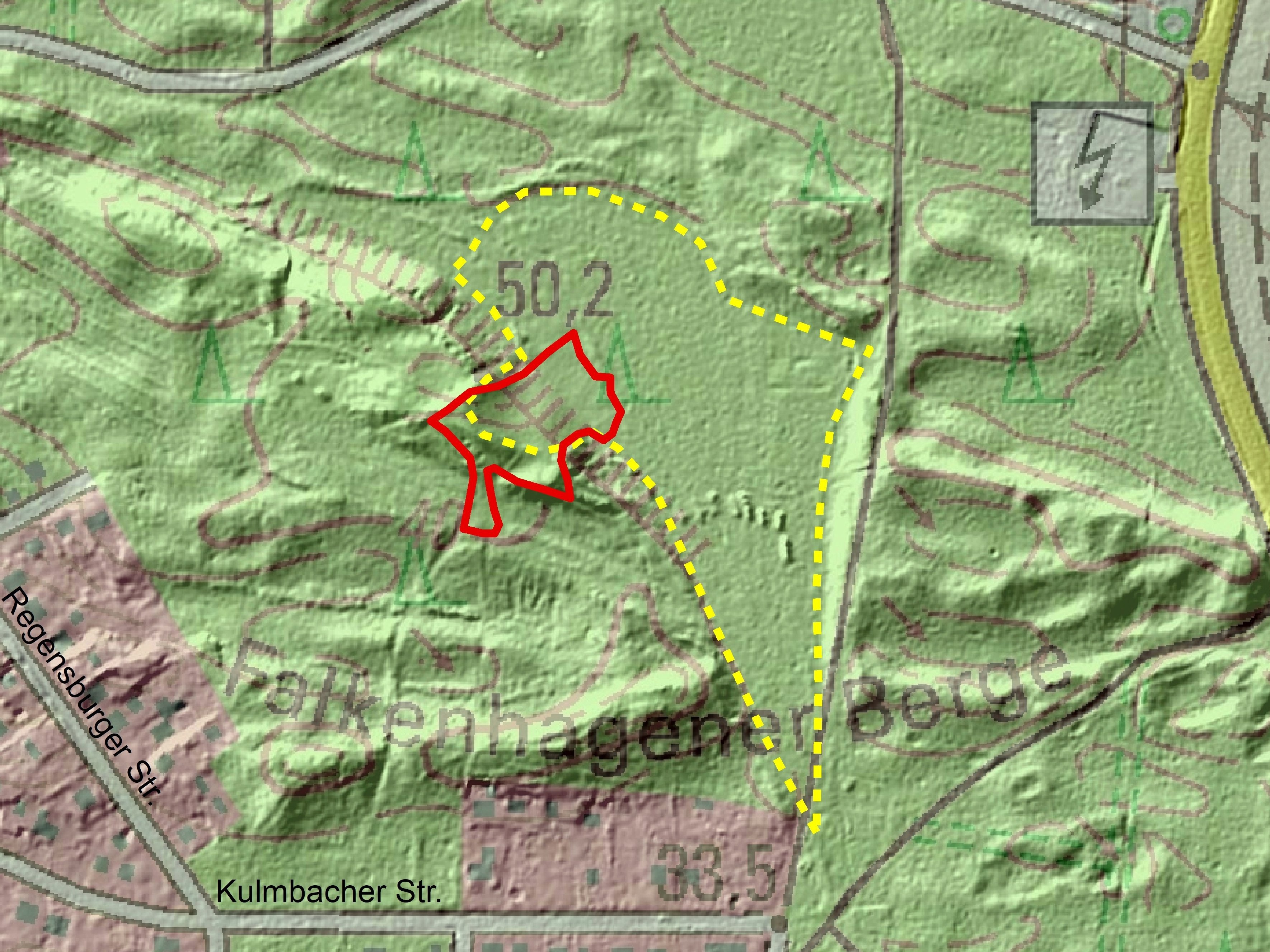
Falkenhagen mountains
When the glaciers retreated at the end of the Vistula glaciation, extensive sandy areas remained at the edge of the glacier. In the last phase of the glacial period, the younger tundra period, there was another cooling about 12,000 years ago. The climate became drier.
to the page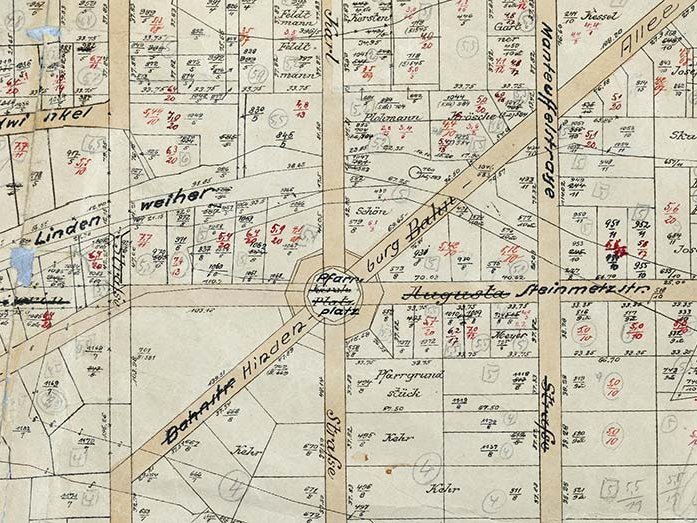
Church Neufinkenkrug
The first site plan for the ‘Neu-Finkenkrug villa colony belonging to the Deutsche Ansiedlungsbank’ from 1906 already provided for the construction of a Protestant church on a centrally located plot of land labelled ‘Pfarrplatz’.
to the page
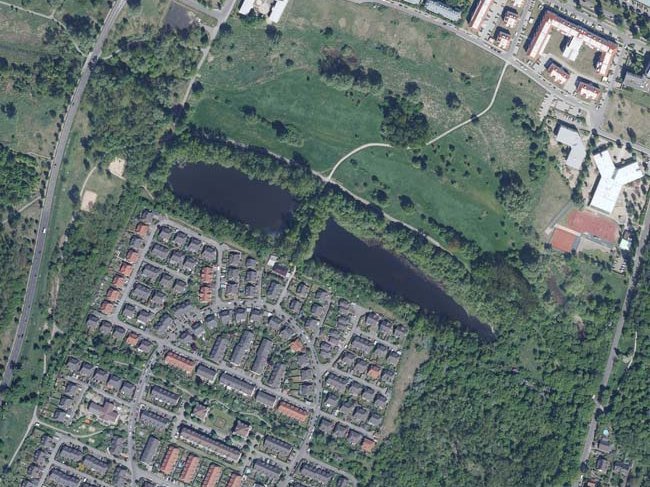
Panzerteiche
Both ponds were created as rainwater basins for an originally planned Reichsbahnausbesserungswerk (RAW). Construction of the factory hall, located between Seegefelder Strasse in the south and Grosse Lake in the north, began in 1938. The main hall of the plant had a length of 617 meters and a width of 217 meters.
to the page
